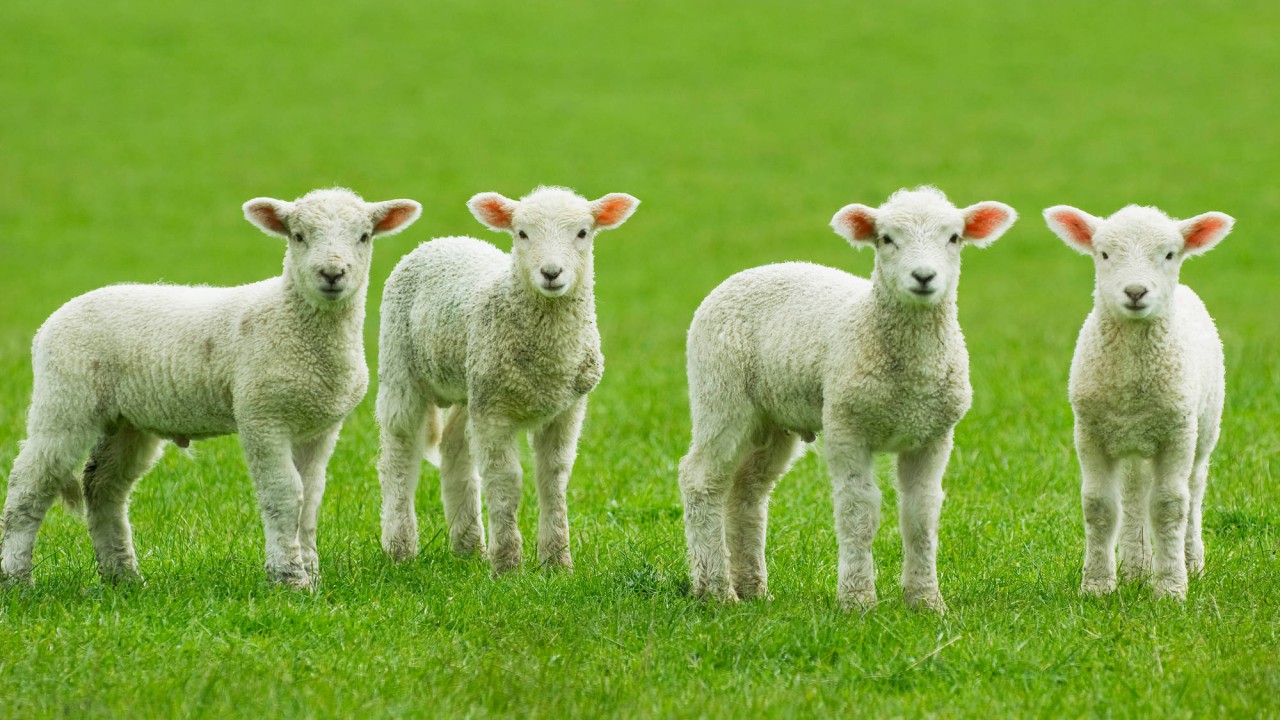Vets are warning recent wet weather conditions could increase the risk of coccidiosis in lambs, making it essential to look out for early signs of the disease and act promptly to help avoid production losses.
Phoebe McCarter, veterinary advisor for the National Animal Disease Information Service (NADIS), explained that coccidiosis is spread entirely through environmental contamination, which is majorly affected by weather conditions.
“Lambs take in coccidiosis-causing eggs, called oocysts, orally. The oocysts hatch and multiply in the gut, damaging the lining, with millions then being shed out in faeces, further spreading the disease and continuing the cycle,” she said.
Cold, wet and windy conditions can increase the stress associated with turnout, making lambs more vulnerable to developing disease.
“Muddy conditions also increase the risk of drinking water being contaminated with faeces, meaning lambs can take in more oocysts, speeding up the cycle and increasing the chance of infections.
“Lambs are at highest risk of clinical coccidiosis between four and eight weeks old, so wet weather taking hold at this time is a major concern.”
Minimising the risk
McCarter explained that having a history of the disease on-farm, high stocking densities both indoors and outdoors, and keeping lambs of varying ages grouped together can also increase risk.
“I’d recommend grouping animals closely by age, to reduce the risk of younger animals picking up an infection from older lambs that have already built immunity,” she said.
She also advised keeping a close watch for symptoms, as treating coccidiosis early can minimise the build-up of contamination in the environment.
“Look out for poor growth rates, loss of appetite, weight loss and even scour. If you’re concerned it’s important to speak to your vet and get a diagnosis, as the symptoms are similar to those caused by Nematodirus, which needs a different treatment approach,” she said.
Once coccidiosis is confirmed, vets should also carry out a speciation test, to confirm if it’s one of the two pathogenic types that cause gut damage and disease.
Treating cocci
McCarter explained that once diagnosed, prompt treatment is the key to success.
“If there is one positive animal, the whole group needs to be treated to minimise the level of environmental contamination and prevent the whole group being reinfected.
“To decide on the best course of treatment, I’d recommend discussing the options with your vet,” she said.
“A toltrazuril drench, such as Baycox, has the longest persistence of action, meaning one dose is usually sufficient to reduce levels of environmental contamination to prevent clinical disease, while allowing the lambs to develop immunity through some exposure to the oocysts.
The timing of the dose is also less critical, as the longer persistence means it usually covers the whole risk period.
“Using a drench, with the dosing being based on accurate lambs’ weights, has the advantage that you know each animal is receiving enough for it to be effective.
“With medicated creep feeds it’s not possible to get this level of assurance, as some lambs may not be eating enough,” she concluded.

